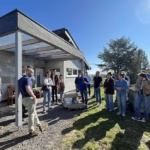
Biobased construction materials in the spotlight: Circular Reno Partner Days
Auteur : Ariane Steffen
The Circular RENO Partner Days took place in Bonn on April 3–4, 2024 — an inspiring gathering within the EU-funded Circular RENO project. Around 35 project participants from five countries worked closely together over two days to advance the development of biobased construction materials for energy-efficient building renovation.
Workshop Day in a Castle-Like Atmosphere
The University of Bonn, with its historic setting, provided the perfect backdrop for the first day of the workshop. At the project’s halfway point, various stakeholders — including housing companies, module manufacturers, and research institutes — presented their current projects and successes in establishing regional and biobased supply chains.
In addition to insights into developments and early results from the European Interreg NW project, the program featured interactive discussions on topics such as integrating CO₂ storage into building regulations, the economic assessment of biobased renovation solutions, and strategies for their certification. The event concluded with the “Birds and Bees” session, where participants broke into small groups to discuss overarching topics from the transnational working groups.
The Miscanthus Building Group, founded in 2024, had already convened the day before to explore the potential of fast-growing miscanthus as a construction material.
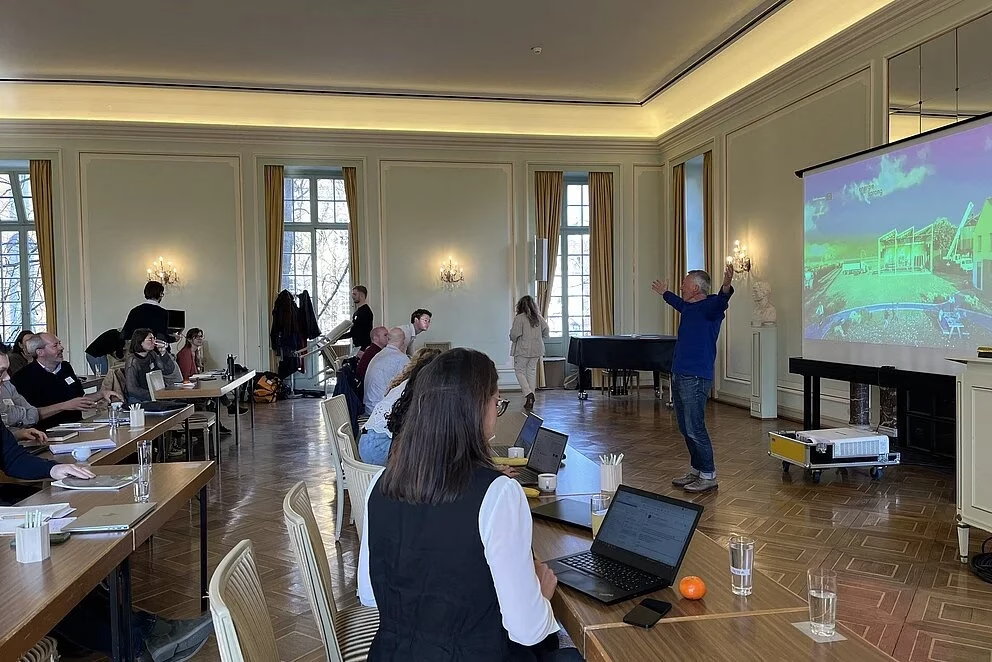
Miscanthus House in Strohn – Self-Sufficient and Sustainable
The second day focused on practical inspiration. During a full-day excursion, three sites in the Bonn metropolitan region were visited, where innovative approaches to biobased construction — particularly using Miscanthus as a building material — were brought to life.
The first stop was the Miscanthus House in Strohn, Rhineland-Palatinate. This single-family home was built using miscanthus lime, an eco-friendly, CO₂-storing construction material. It is completely energy self-sufficient thanks to photovoltaic panels, an electricity storage solution, and a heating system. In addition to its high energy efficiency, the house also provides a healthy indoor climate — a flagship project for resource-efficient building in rural areas.
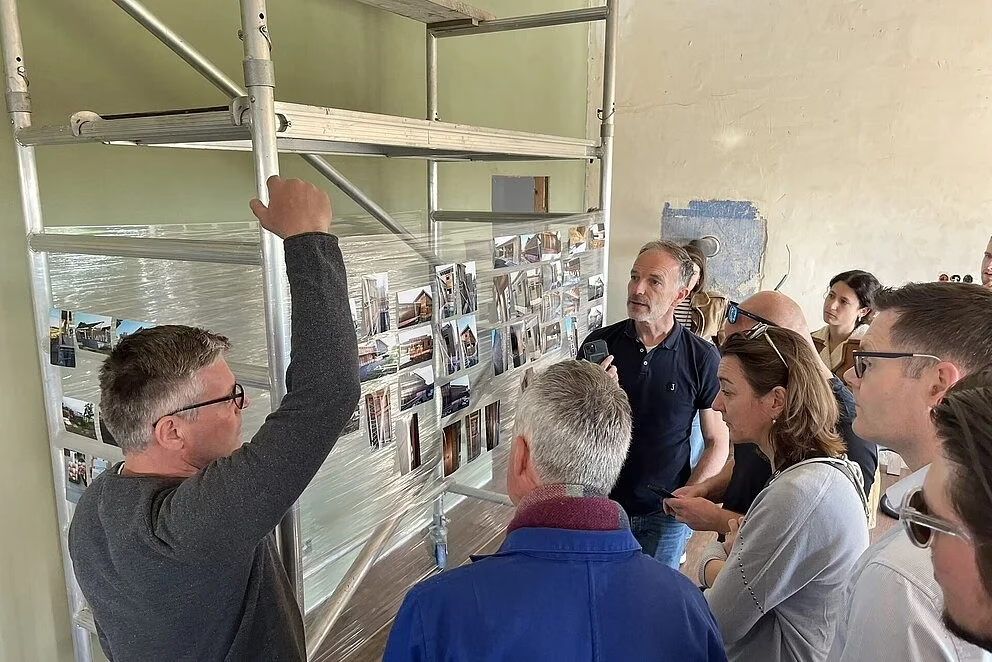
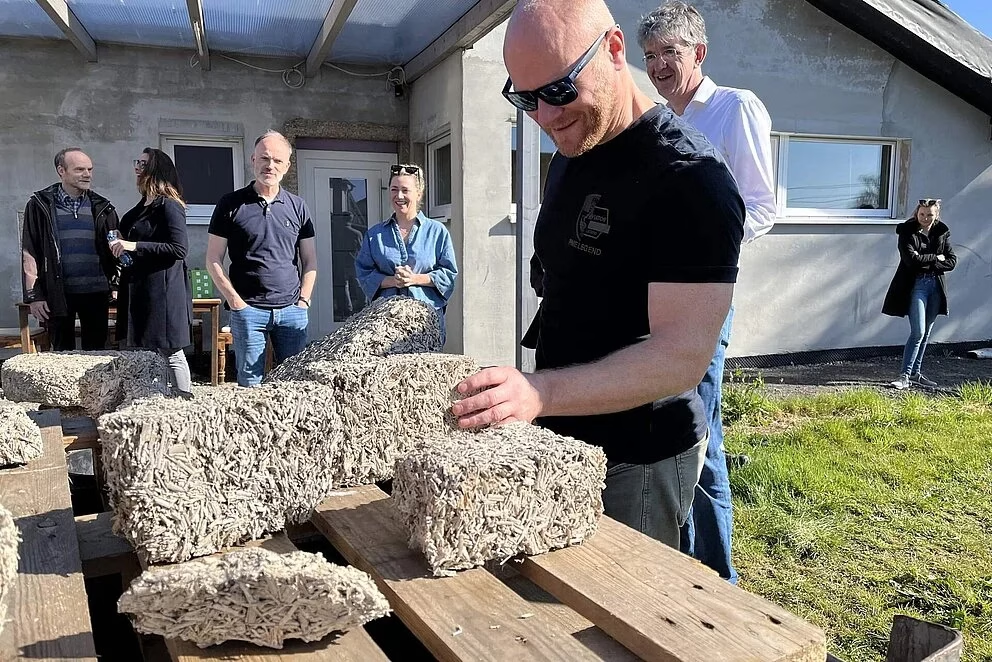
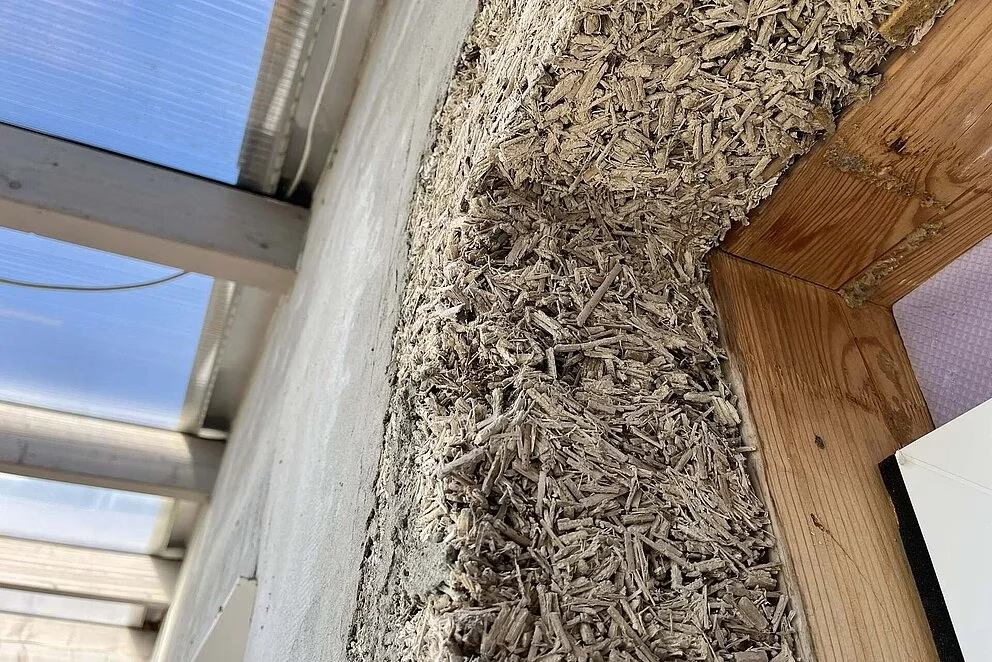
Research You Can Touch
At the Klein-Altendorf campus, one of the external laboratories of the University of Bonn, the focus was entirely on the plants that form the basis of biobased construction materials. In the miscanthus fields and experimental facilities, participants learned more about cultivation, processing, and the material properties of these renewable resources. Demonstration walls made from miscanthus plaster and technical labs for material testing were also open for visits.
The exchange with researchers on site made it clear that building a bridge between agriculture, research, and the construction sector is crucial to scaling up these sustainable solutions.
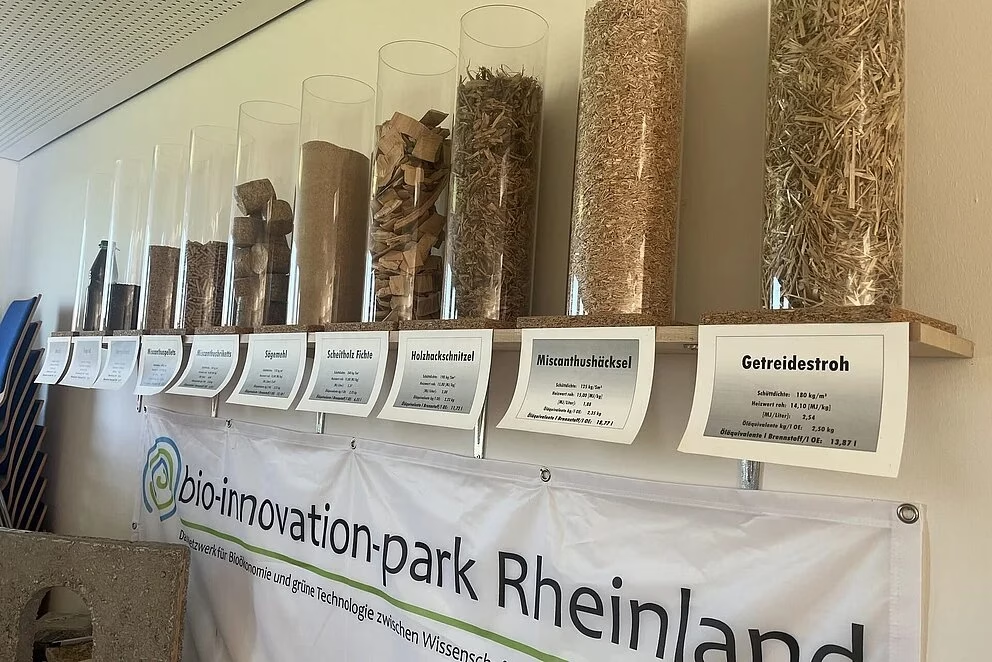
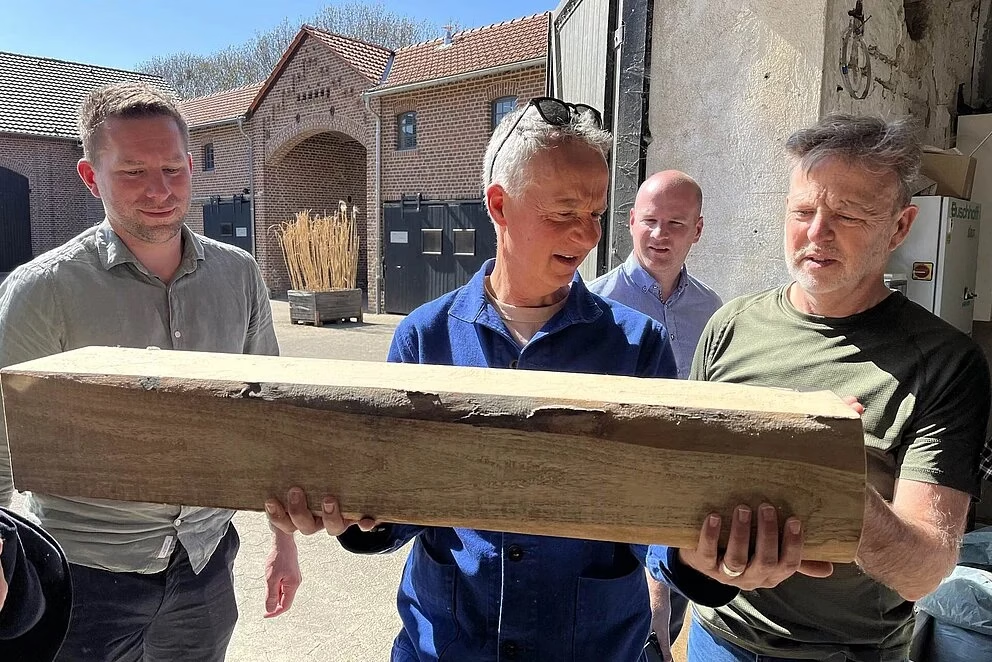
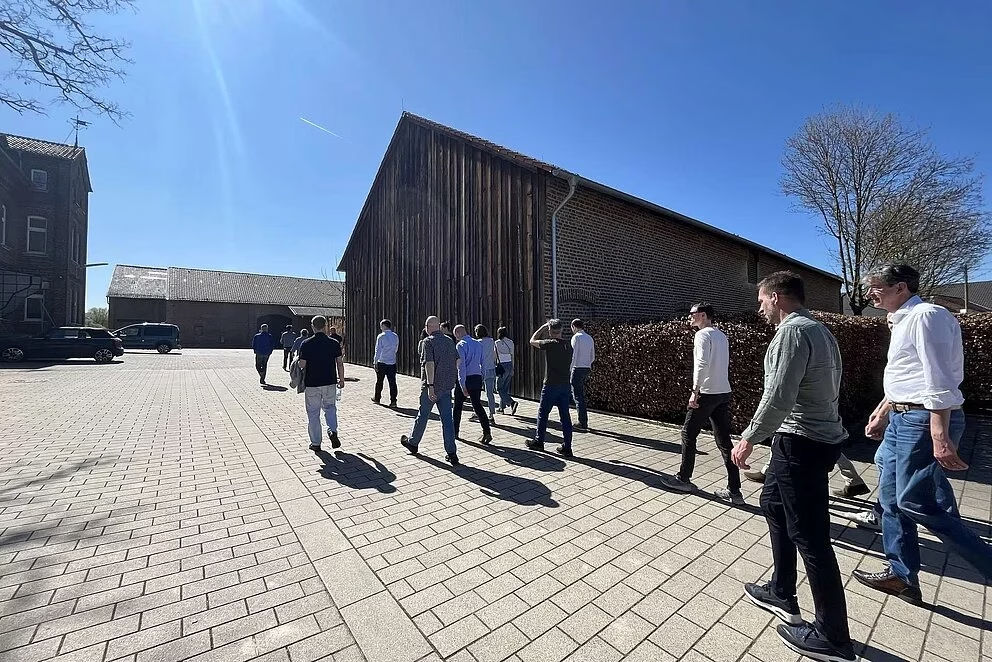
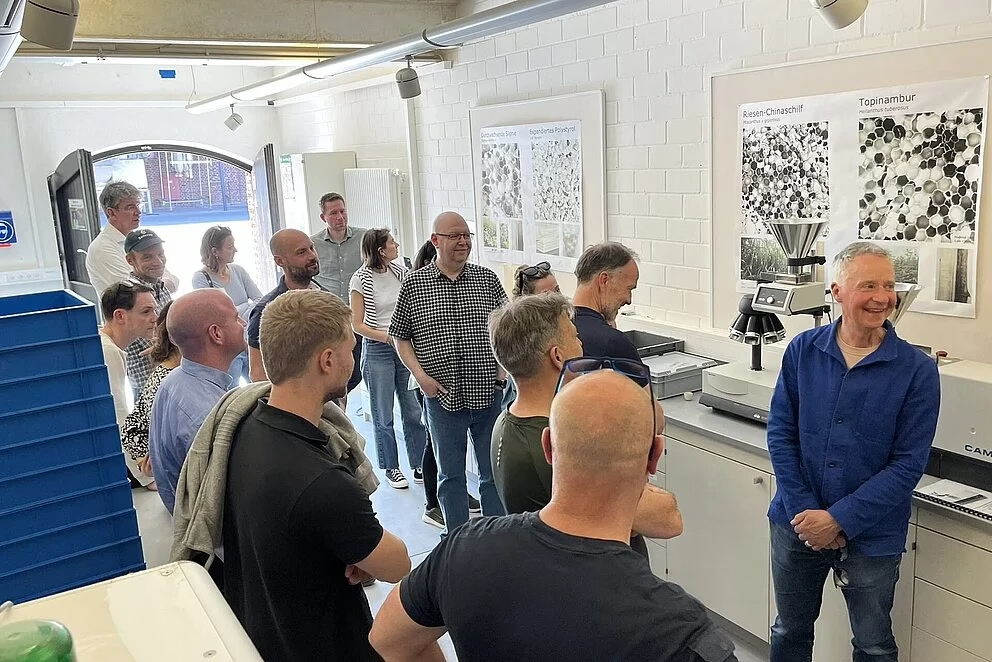
Kottenforst Business Park
The excursion concluded with a visit to the Kottenforst Business Park, located at the test site of the Bio Innovation Park Rheinland e.V. in Meckenheim, where two experimental buildings offered a vivid glimpse into the future of sustainable construction.
One highlight was the “Hausbaum Tiny House” – a model project for climate-neutral construction using innovative building materials such as Miscanthus and Paulownia. Combined with digitally assisted planning through BIM and the use of a digital twin, the building demonstrates how eco-friendly materials and modern technologies can go hand in hand to set new standards in planning, implementation, and evaluation.
Another standout feature was the “Workbox” – an open laboratory building that also showcases the use of fast-growing plants like Miscanthus in construction. The aim is to establish a center of excellence for building materials made from renewable raw materials in North Rhine-Westphalia.
Participants received fascinating insights into current research on construction materials, the principles of building biology, and the potential of a bio-based regional value chain.
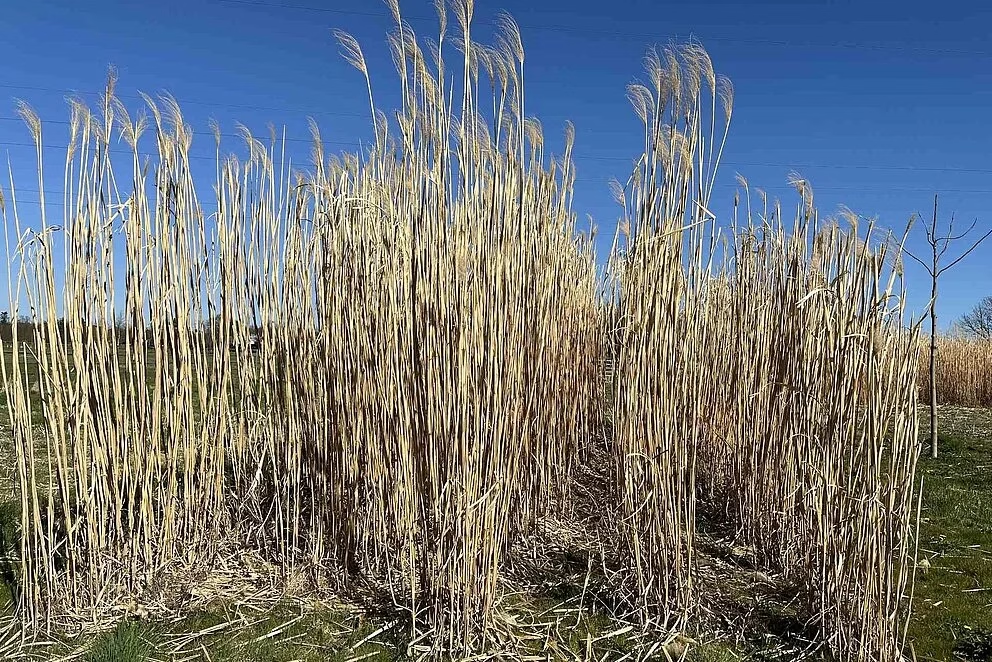

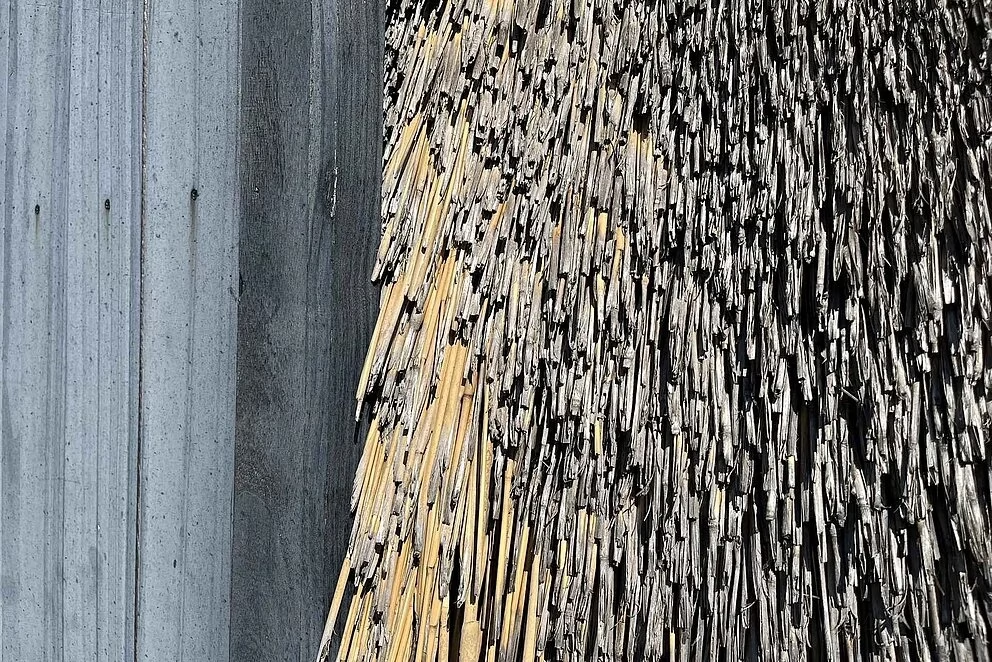
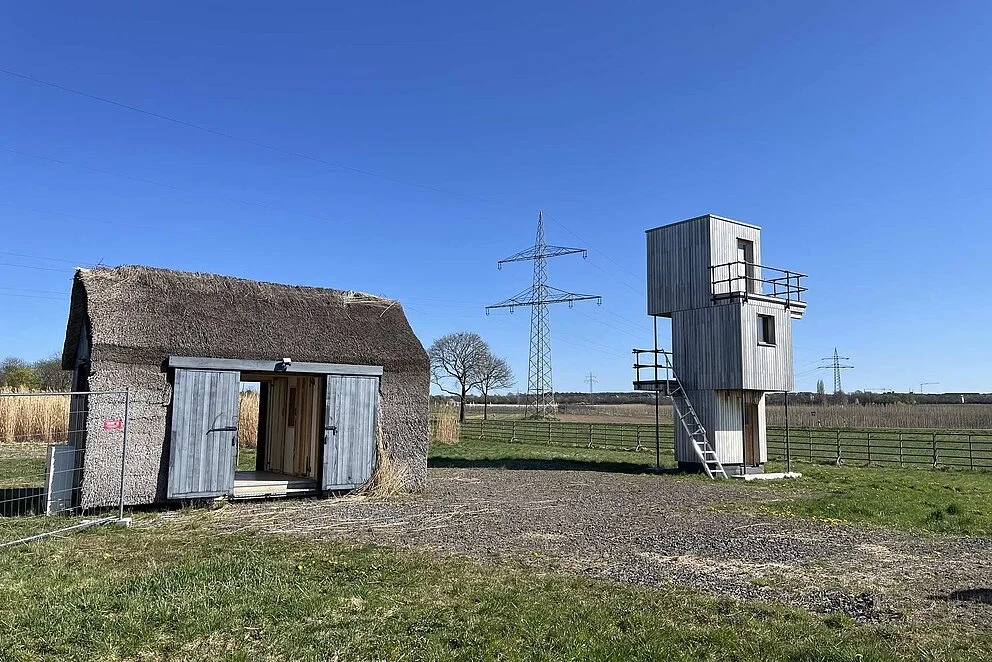
Circular RENO – Biobased Renovation in Northwestern Europe
The European project Circular RENO is developing renovation solutions using regional biobased materials — some of which are modular and prefabricated — by 2026. The goal is to make energy-efficient, carbon-storing facade and roof elements market-ready for single-family and multi-family homes.
The project brings together 15 partner organizations from Germany, France, the Netherlands, Ireland, and Belgium, and is committed to sustainable construction at multiple levels: from the development of regional supply chains and pilot projects to certification strategies and policy recommendations.
In Germany, the Energiesprong team at dena is supporting the project in collaboration with the University of Bonn (INRES) and a municipal housing association.
